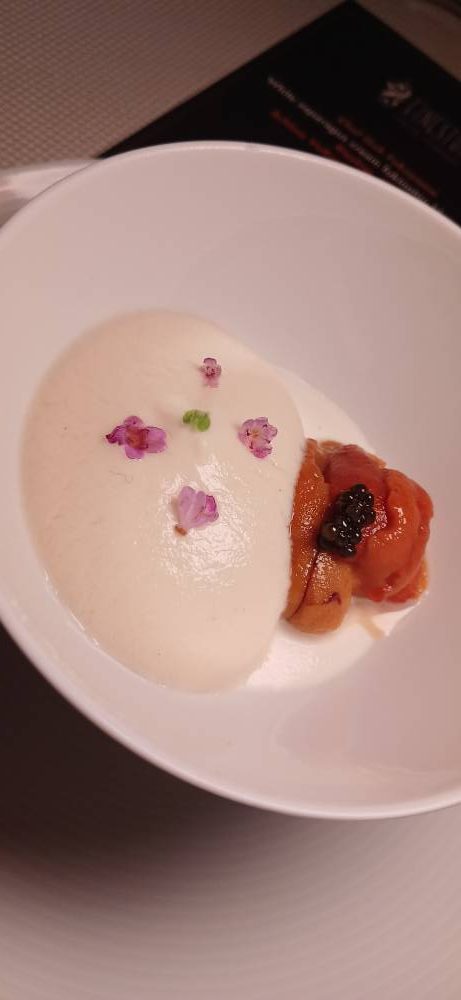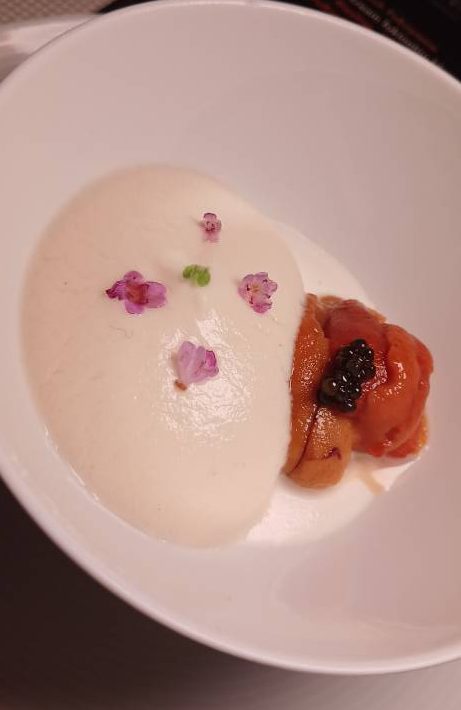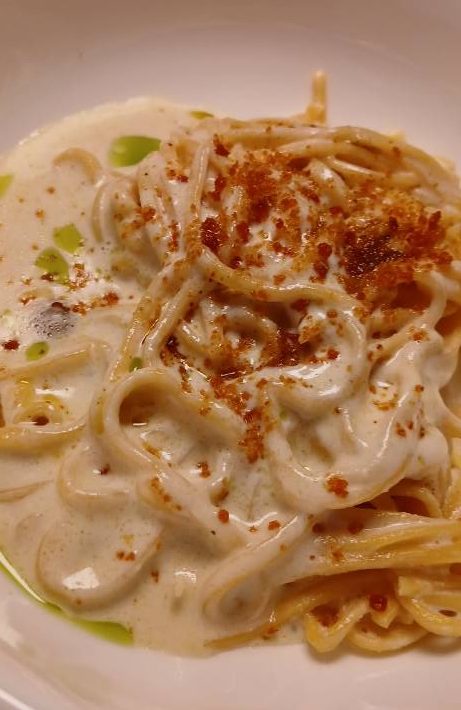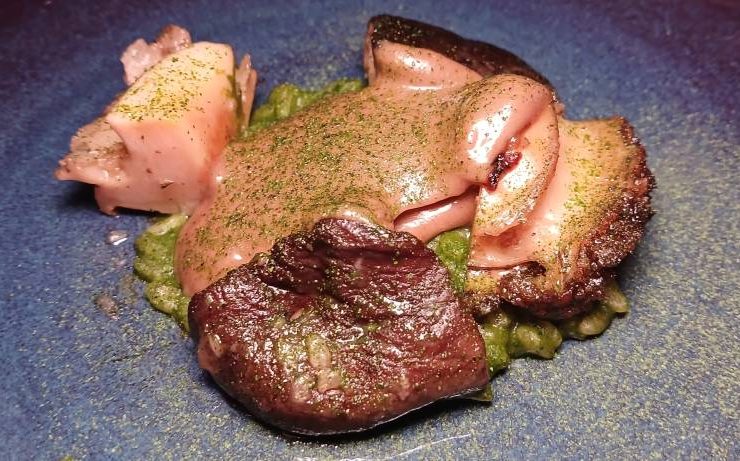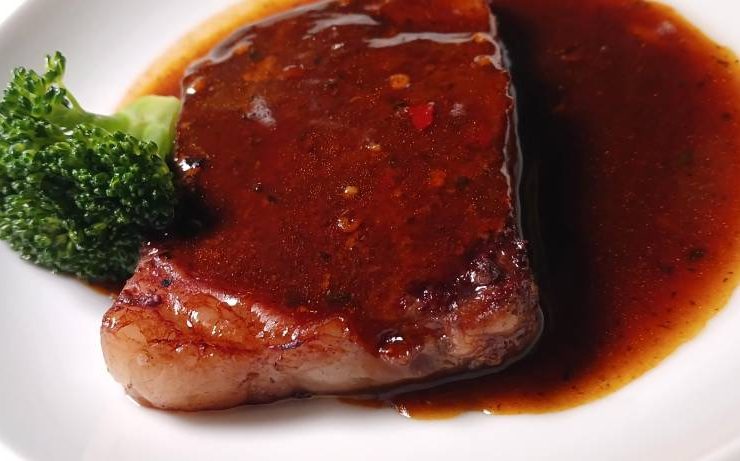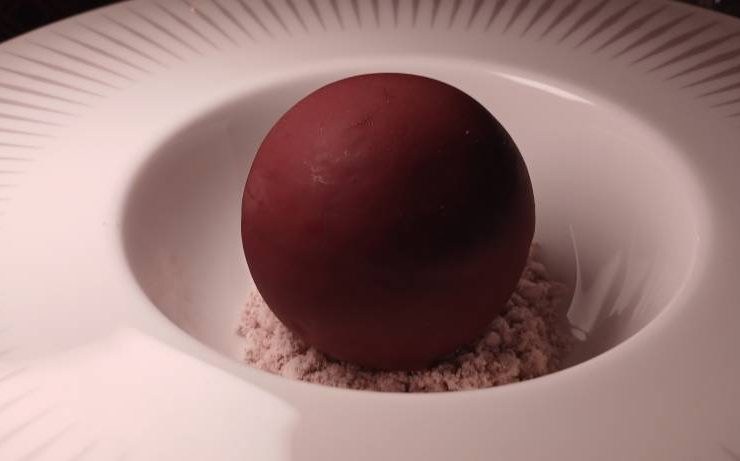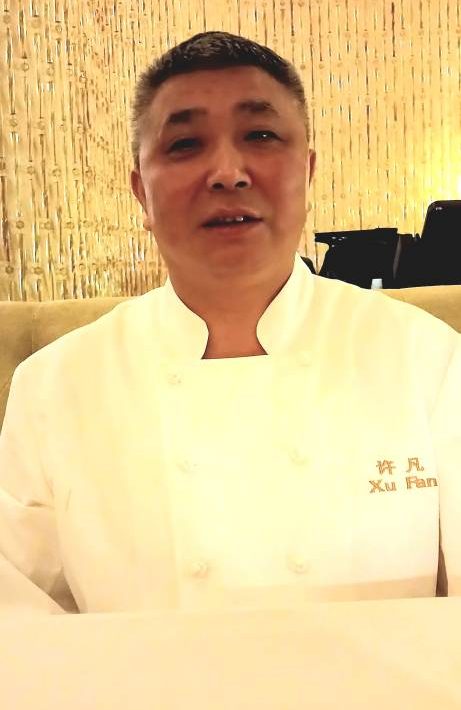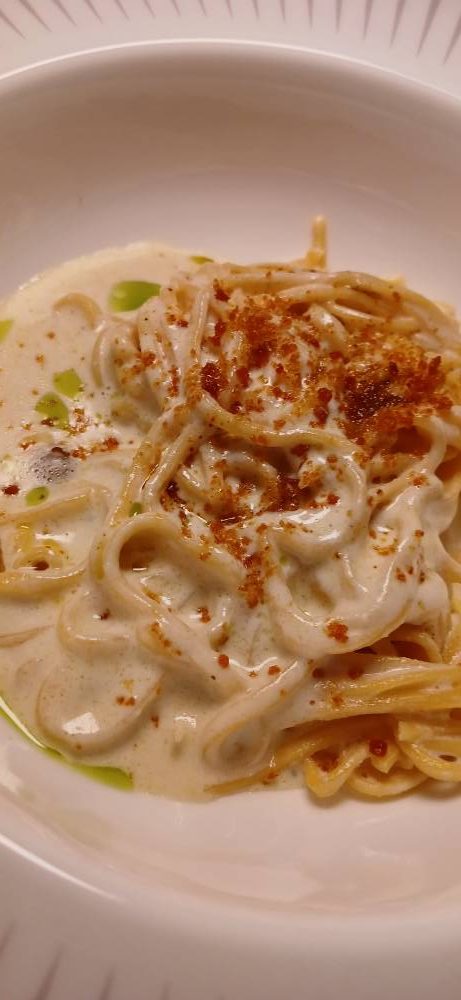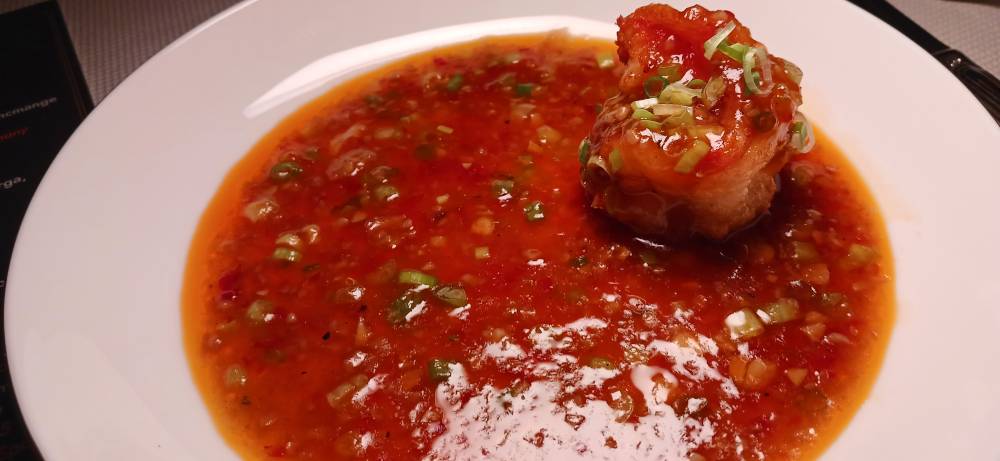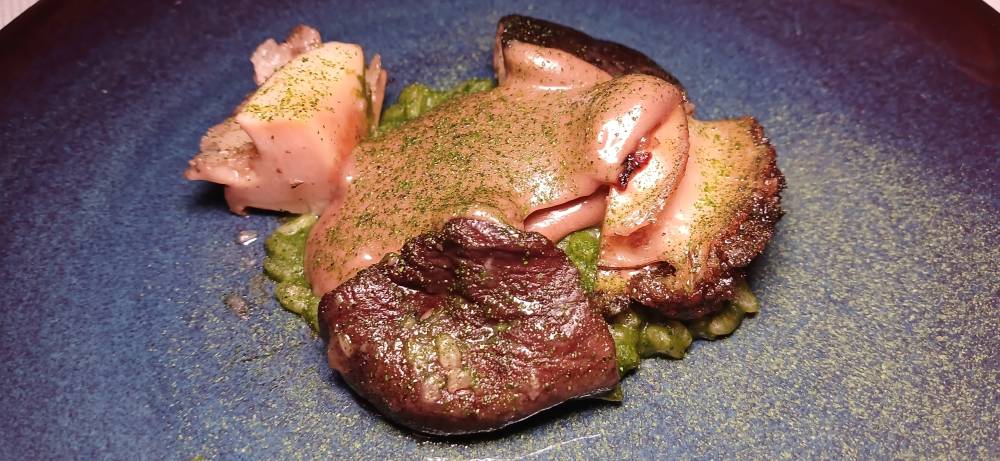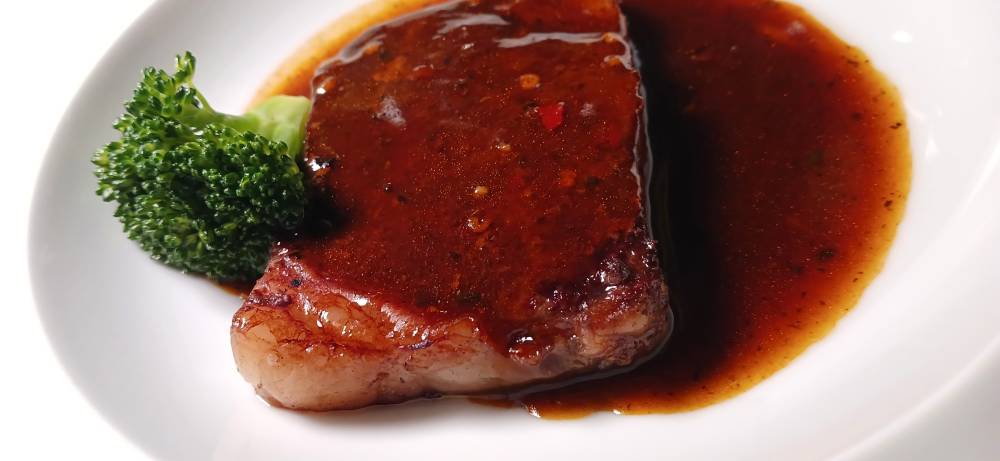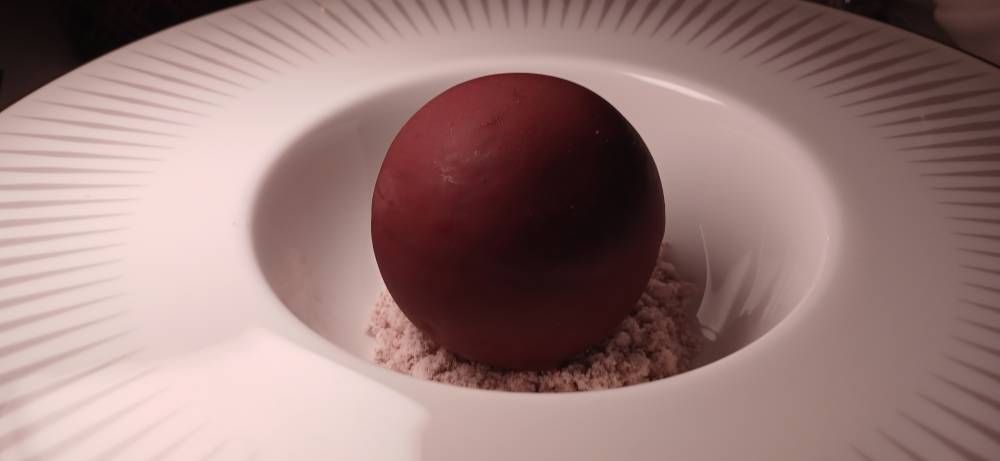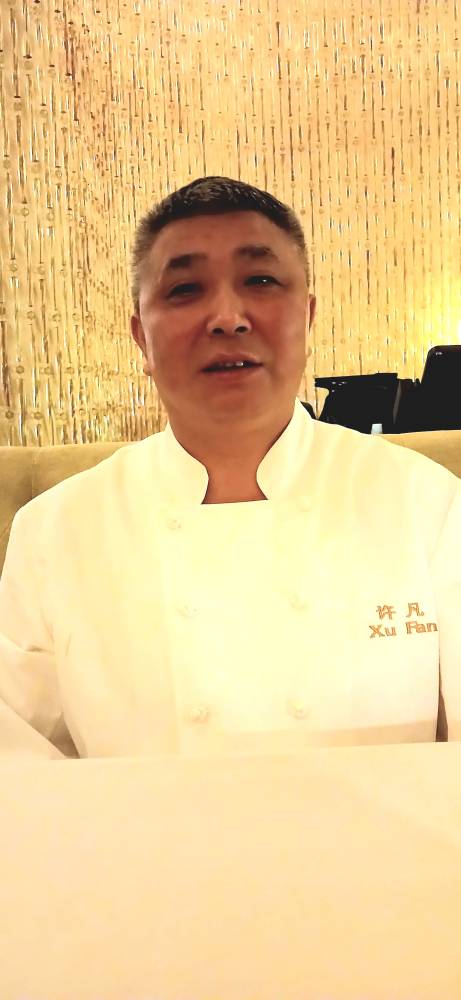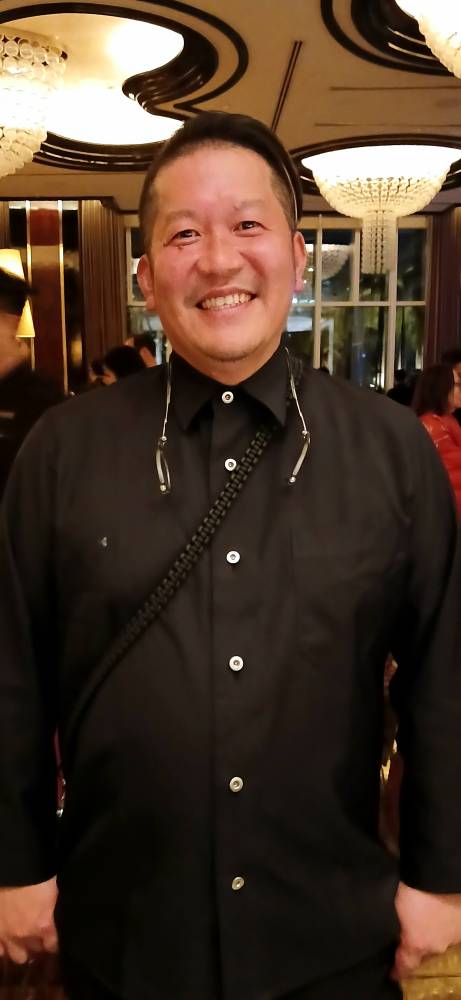Pasta with . . . sake? And why not seafood with red wine, too?
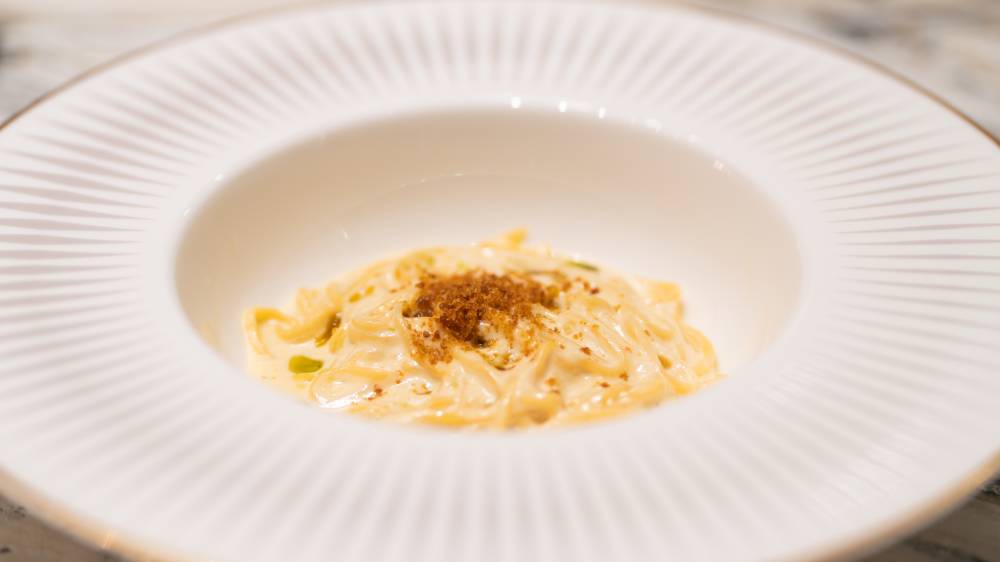



 +6
+6 Food is indeed a universal language, given how three Michelin-starred chefs from different parts of the world who spoke different tongues were able to deliver a beautiful symphony of dishes to our tables for the “Savor the Stars” preview dinner on Wednesday.
For Solaire Resort’s 11th anniversary celebration, the stellar ensemble of chefs—Cristina Bowerman from Rome, Xu Fan from Chengdu and Takeshi “Goh” Fukuyama from Fukuoka—took turns delighting guests with their culinary flair throughout the stellar six-course meal.
While Bowerman and Xu studied the Filipino palate to make sure they prepare the dishes to their local guests’ liking (Bowerman actually lit up talking about dilis and the fact that Filipinos are able to work our fish “every way possible,” including making it sweet), Fukuyama said through an interpreter that he could not do the same. The Japanese chef just arrived two days prior, so he served two recipes from his own restaurant in Fukuoka “sonomama” (as is).
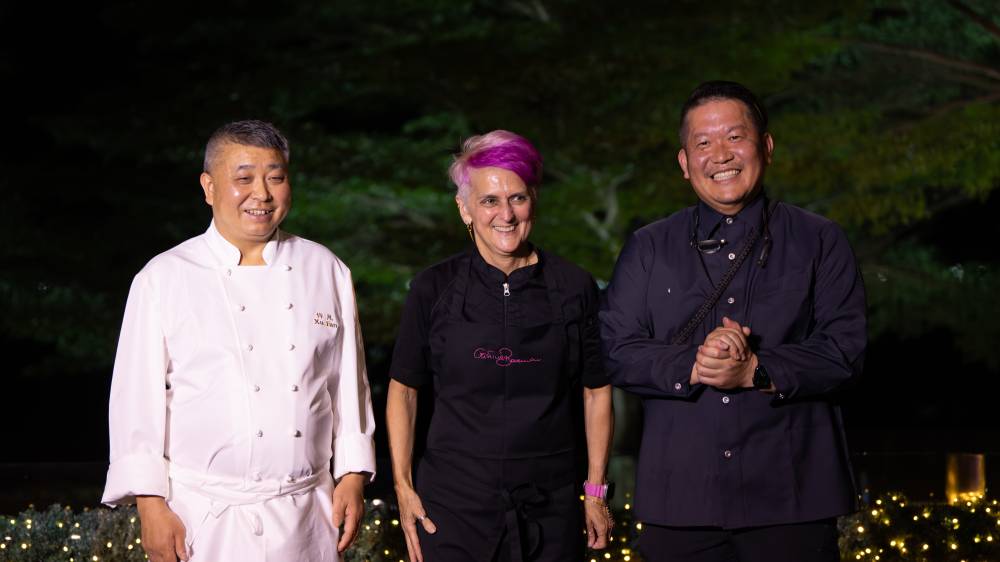
Known for using French techniques to create inspired and innovative Japanese dishes, Fukuyama’s first offering was a pretty appetizer—white asparagus cream fukinotou blancmange—that already got us all tingly just as the evening was getting started.
The uni was gently sweet in its freshness and the delicate dish was already mild to begin with, so tempering it down further should have hurt it. Instead, the soft tofu underneath somehow brought the flavor down to a level of perfection that would keep you wanting more.
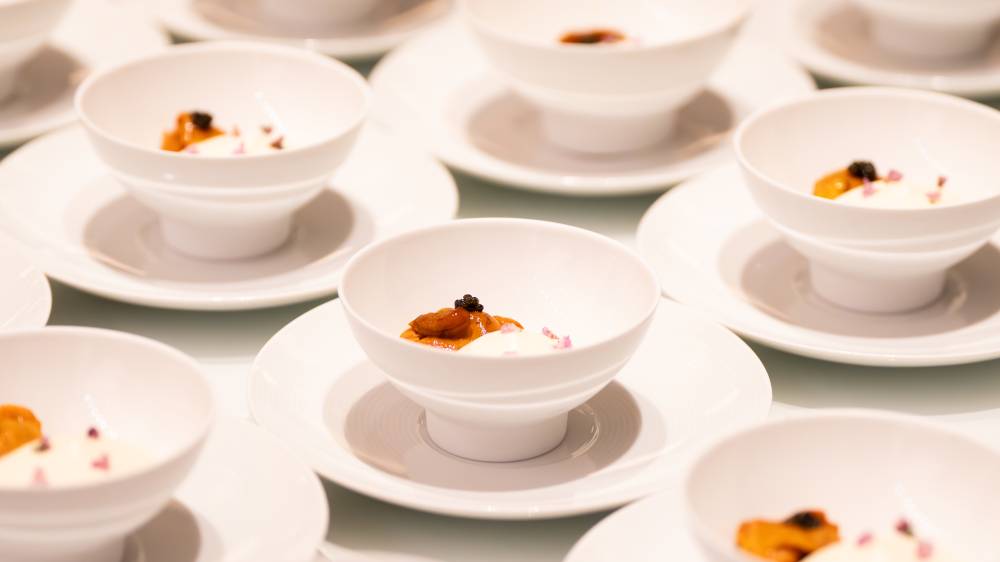
Umami in sake, cheese
Bowerman’s tagliolini drew us in with its lemony aroma almost as soon as the plate was set in front of us, and that first forkful of handmade pasta did not disappoint. Enticingly creamy, fragrant and firm, I honestly wanted to scarf it all down. In fact, I couldn’t even help myself from shamelessly spooning off all that sauce before my plate could be whisked away.
Pairing the pasta with Sake Junmai was surprising, yet it ultimately made for a heavenly combination. According to Luis de Santos, the first internationally certified Filipino-born master sommelier in the world, the natural umami flavor in the sake goes hand in hand with the cheese in the pasta, and he was absolutely correct. The sake built on the flavor, enhancing the overall gastronomic experience. Swimming in appetizing Sichuan pepper sauce was a single plump curl of shrimp that offered a truly delectable bite, and a fitting base for all that flavor.
Xu said through an interpreter that despite having similar ingredients, the same dish will always taste different in different parts of Chengdu. And it was the same for what was served at the Solaire dinner in Parañaque City.“We have a saying that wherever you go in Chengdu, it’s always a different taste,” he said. “There are actually 24 different tastes, or 24 different subcategories of Sichuan dishes, and the main characteristic of Sichuan dishes is that it can be the same dish but it has many different flavors. So they might have the same name, but have different taste.”
‘No bad pairing’
Coming to the Philippines, those same Sichuan dishes likewise took on a distinct flavor as Xu incorporated local ingredients to suit the local palate better.
And while Sichuan cuisine has a reputation for being deliciously spicy, this also seemed to be where Xu made adjustments to better cater to Filipino taste buds: While it still looked spicy with all the visibly chopped up herbs and other ingredients suspended in the translucent red sauce, rather than distracting from the experience, it offered just enough heat to keep things interesting.
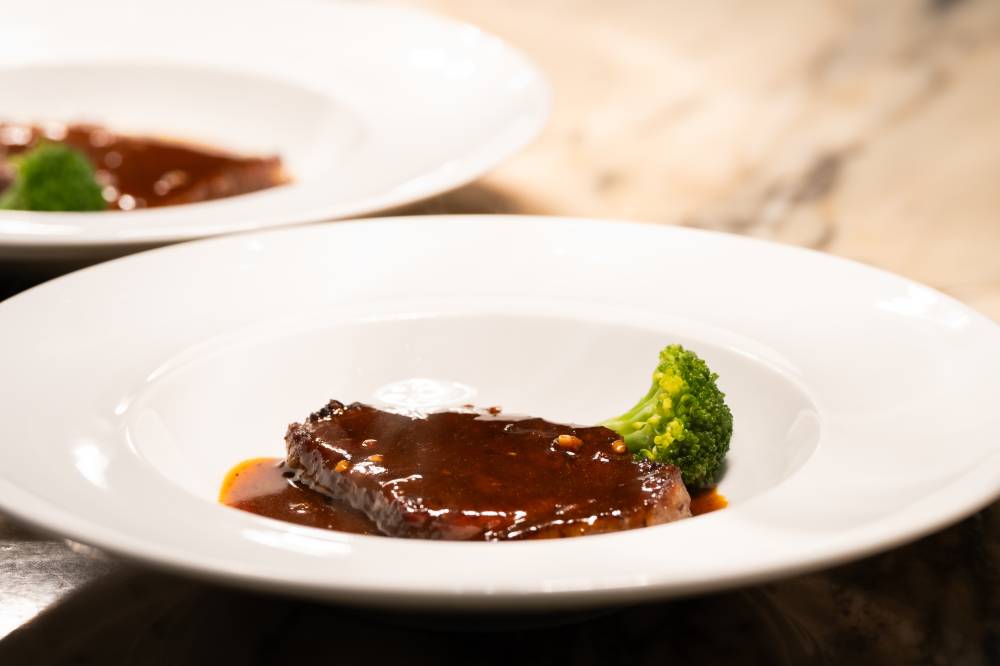
The Tinto Reserva went beautifully with the sautéed shrimp as well, breaking another so-called wine pairing rule by matching seafood with red wine.
According to De Santos, it’s all about discovery. “There is no bad pairing,” but you still have to have an understanding of the culinary aspect of the food—light, medium, full, spicy—and decide whether to create a bridge between two forms of creativity that is either similar or contrasting.
“Wine is always there to support,” he said, adding that while the food brings everyone to the table, wine enhances it.
True enough, when you thought you had already been having a wonderful time with the meal, a sip of the paired wine easily took your senses to further heights. And so, when the wait staff asked if I still wished to keep all the previously served glasses of wine that were quickly cluttering the table, I sheepishly answered, “Yes.”Transcendent
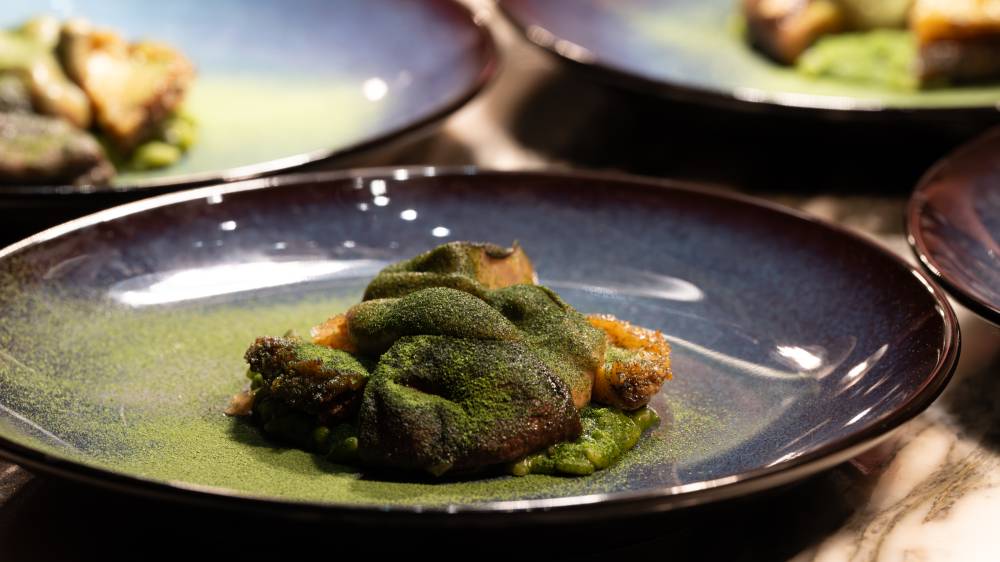
Fukuyama’s abalone on shiitake mushroom risotto with burnt butter sauce was nothing short of transcendent. Remarkably, it had a kind of slimy, gelatinous chewiness that I actually enjoyed. The burnt butter sauce was divine and the mild hint of seafood from the powdered nori made it so that we didn’t forget we were partaking of the ocean’s bounty.
I took a really long time savoring each dish, and so when the waitstaff once again asked if I was done with my plate, I just couldn’t let that last bite go.
Don’t ask me why, but I’m always delighted by the sight of broccoli in my dish, especially if it’s with meat. So, heck yeah, I’m going to eat that garnish. Thank you for that crunchy dose of green with the red meat—a scrumptious slab of braised USDA beef short ribs in Sichuan bean paste with truffles by Xu. Despite being almost already full, just looking at the glistening peek of fat got my appetite gearing back up.

For the sweet—or rather, not-so-sweet—ending, Bowerman did Tiramisu “my way”: a cute ball of dessert that descended onto our table like a gorgeous sunset. “You can have fun because you can smash the hell out of it,” Bowerman told Lifestyle, and smash the thick dark chocolate shell we did: Inside, it was all creamy, all nutty, all yummy goodness. INQEnjoy signature dishes from Glass Hostaria’s Bowerman at Finestra, Xujia Cai’s Xu Fan at Red Lantern, and Goh and GohGan’s Fukuyama at Yakumi until today, March 17. Call tel. 88888888; email restaurantevents@solaireresort.com.













